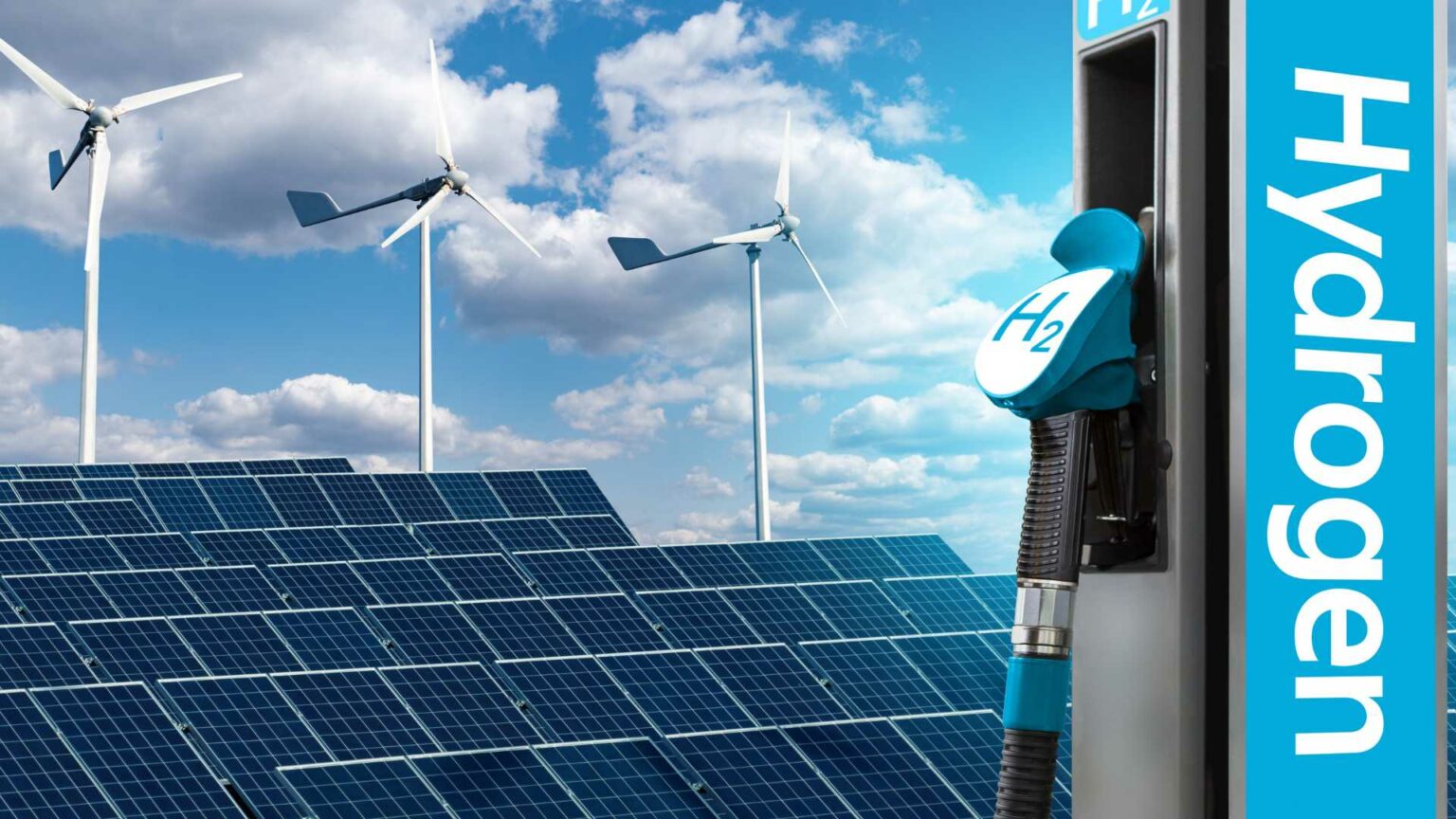Researchers have embarked on an innovative journey to investigate the potential of a micro-thermo-photovoltaic (MTPV) system that uses a blend of ammonia and hydrogen as fuel.
This study focuses on how this system performs under challenging conditions and aims to optimize its efficiency and power output.
One of the key findings from the research shows that increasing the inlet velocity of the fuel can significantly enhance the electrical power output of the MTPV system. This discovery suggests that carefully controlling the flow rate of the fuel contributes to the system’s overall performance.
The research highlights the importance of the inlet equivalence ratio, a parameter crucial for achieving optimal energy outputs. The study finds that setting this ratio to 0.9 results in a maximum electrical power output of 15.2W. However, to enhance energy efficiency, an equivalence ratio of 0.8 is preferred, yielding an energy efficiency of 6.3%.
Temperature also plays a critical role in the system’s performance, especially concerning nitrogen oxide (NO) emissions. At lower inlet velocities, higher background temperatures help in reducing NO emissions. Conversely, at higher velocities, lower background temperatures are more effective in decreasing these emissions.
The blending ratio of hydrogen with ammonia is another crucial factor that the researchers examined. While increasing the hydrogen blend ratio leads to a noticeable rise in NO emissions, it offers limited improvements to the energy output. Specifically, at a hydrogen blend ratio of 0.5, there is a moderate increase of roughly 10% in energy output at low temperatures but only a 7% increment at higher temperatures.
Through analyzing these various factors, the study explores the complex interplay of thermodynamics within the MTPV system. Understanding these relationships sheds light on how to balance power generation and NO emissions, pointing toward possibilities for more effective clean energy solutions.





